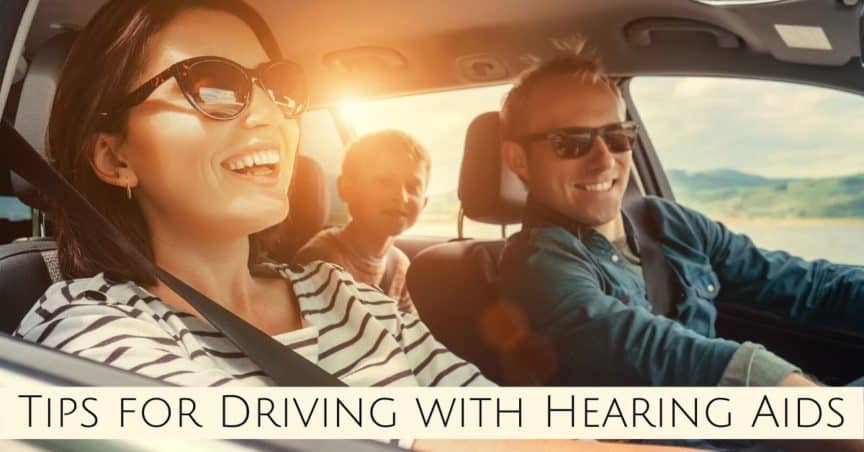- Occupational Hearing Hazards - April 27, 2020
- Understanding Noise-Induced Hearing Loss - April 18, 2020
- Understanding Noise-Induced Hearing Loss - April 12, 2020
Hearing loss is a common condition affecting a third of people in the U.S. over the age of 65. Even so the average person tends to wait at least seven years from the time they suspect they have a hearing problem before seeking help. This means that there are likely quite a few people behind the wheel who’s hearing is compromised. When you struggle to hear the warning of honking horns or do not hear your turn signal left on for an extended time, this can cause danger on the road.
Getting used to hearing aids
As you age it is safe bet is to get a hearing test annually once you hit 65. The odds only become greater as you age. In fact once you hit 75 years of age the percentage of people living with hear loss doubles. If you have already taken the leap and have invested in a new pair of hearing aids, they can take a little bit of time to get used to. What ever you do, don’t get discouraged. They can be hard to get used to at first but eventually you will adjust to life with hearing aids and most likely be grateful for the positive things they help bring to your life. When you start wearing hearing aids you basically have to relearn to hear all the sounds that were previously undetectable to you. One of the most challenging things to adapt to is driving your car. Below are a few tips to make it easier to adapt to driving with hearing aids.
Reduce the noise
When you are getting used to driving with hearing aids make sure your car is a quiet environment. Make sure the radio is off for now and avoid conversation that can be distracting. Make sure to keep your windows rolled up and leave extra passengers and dogs at home for now. The more sounds in your car, the more challenging it can be to single out the sounds you need to hear to be safe on the road.
Minimize distractions
Keeping focused on the road is important for everyone’s safety regardless of age or hearing ability. When you are adjusting to new hearing aids this could not be more imperative. Your brain is adjusting to hearing all sorts of sounds it is not used to hearing. This can be exhausting at first and you need to have total concentration. Keep your phone use strictly for GPS use if you have to. If you do need to speak to someone while driving there are often Bluetooth functions on newer hearing aids that can make it safer to make a call. Otherwise, the less distractions you have the safer everyone on the road will be.
Make sure your GPS is easy to use
In this day and age rarely anyone remembers how to get to new places on their own anymore. Most people rely on GPS to help us get to our location in the quickest way possible. Make sure your GPS is easy for you to hear so it doesn’t’ become a dangerous distraction instead of a help. Bluetooth enabled hearing aids can help you stream GPS directions directly to your hearing aids. It is also wise to make sure your GPS is large enough to see and in a prominent place where you don’t have to look down to follow directions. The safe way to use a GPS is to have it mounted on your dashboard in a place easy to see that does not obstruct your field of vision.
Expand your fields of view
One way to make sure you don’t miss any visual cues on the road as you age is to make sure field of vision is as wide as possible. Clip on wide-angle rear view mirrors can help you see more of the road and the traffic coming from behind you. Certain states including New York make this a requirement for drivers who have vision impairment.
Work with an audiologist
If you are new to hearing aids and you are struggling it is important not to give up. It’s important to work with us to make the appropriate adjustments to your hearing aids as you are getting used to them. Once you get used to your new hearing aids you can feel confident behind the wheel and enjoy greater independence for years to come.


